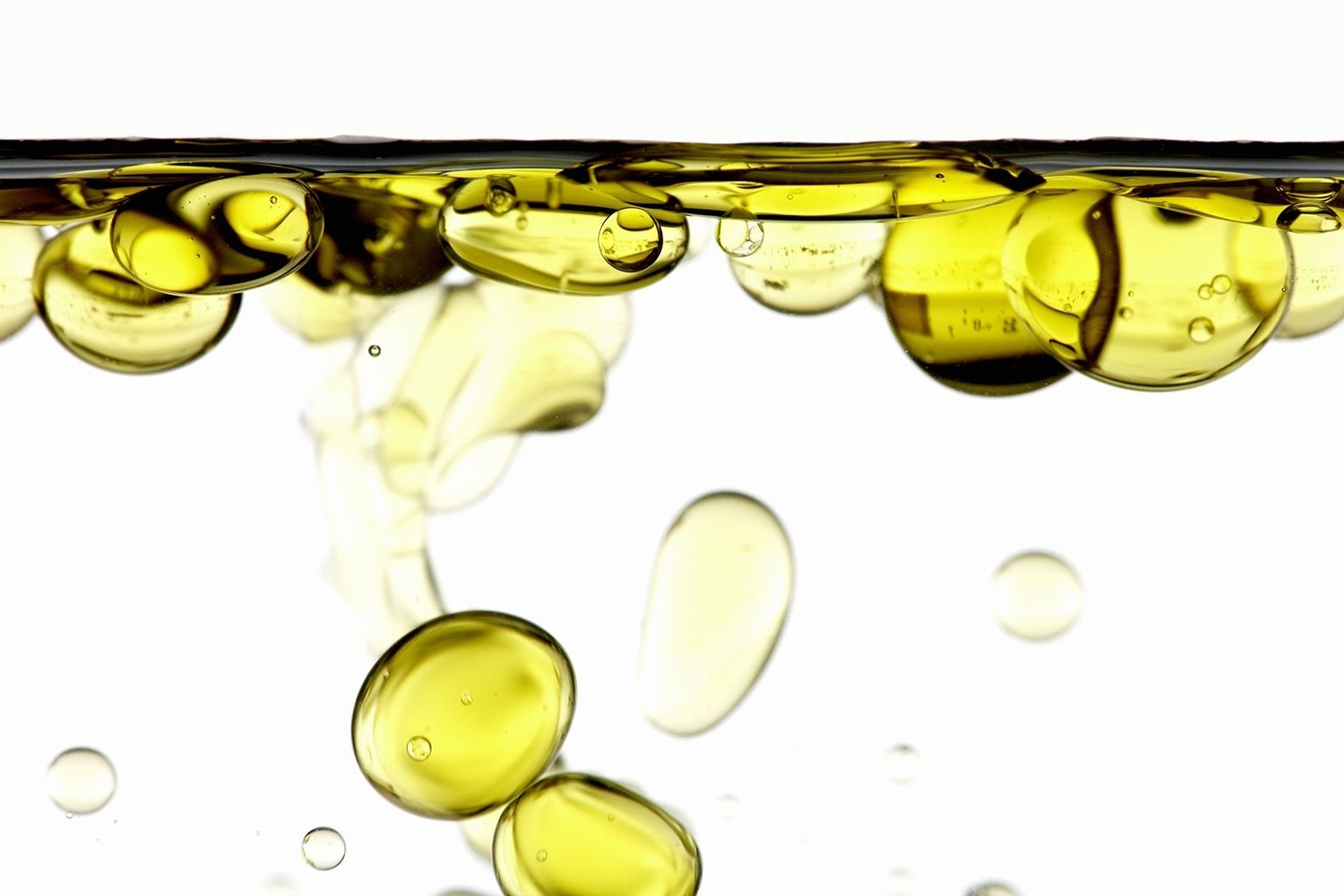Hydrophobic substances play a crucial role in many scientific and industrial applications, from waterproof coatings to biological processes. This quiz will challenge your understanding of these fascinating materials and their unique properties. Get ready to dive into the world of hydrophobicity and see how much you really know!
We recommend that you do not leave the page that you are taking this quiz in. Stay honest 🙂
Hydrophobic Substances Quiz Questions Overview
1. What does the term ‘hydrophobic’ mean?
Attracted to water
Repelled by water
Neutral towards water
Dissolves in water
2. Which of the following substances is typically hydrophobic?
Salt
Sugar
Oil
Vinegar
3. What is the primary reason for the hydrophobic effect?
Hydrogen bonding
Van der Waals forces
Electrostatic interactions
Entropy increase
4. Which of the following is NOT a hydrophobic material?
Wax
Plastic
Glass
Rubber
5. In which of the following applications are hydrophobic substances commonly used?
Waterproof clothing
Cooking utensils
Medical syringes
Writing paper
6. Which property is typically exhibited by hydrophobic molecules?
High solubility in water
Low solubility in water
High electrical conductivity
Strong magnetic properties
7. Which of the following is a common hydrophobic coating material?
Silicone
Aluminum
Copper
Iron
8. What is the term for the phenomenon where water beads up on a hydrophobic surface?
Wetting
Capillary action
Beading
Cohesion
9. Which of the following biological molecules is hydrophobic?
Glucose
DNA
Lipids
Proteins
10. What is the primary characteristic of a hydrophobic surface in terms of contact angle?
Contact angle less than 30 degrees
Contact angle between 30 and 60 degrees
Contact angle between 60 and 90 degrees
Contact angle greater than 90 degrees
11. Which of the following is a common use of hydrophobic materials in technology?
Heat sinks
Waterproof electronics
Conductive wiring
Optical lenses
12. How do hydrophobic interactions contribute to protein folding?
They stabilize the unfolded state
They promote the exposure of hydrophobic residues to water
They drive the folding by minimizing exposure of hydrophobic residues to water
They have no effect on protein folding
13. What is the role of hydrophobic substances in detergents?
They dissolve in water
They repel dirt
They form micelles that trap oils and fats
They increase the water’s surface tension
14. Which of the following is a property of hydrophobic molecules in an aqueous environment?
They dissolve easily
They form hydrogen bonds with water
They aggregate together
They increase the solubility of salts
15. Which of the following is an example of a hydrophobic interaction in nature?
Formation of cell membranes
Dissolution of salts
Evaporation of water
Photosynthesis
We recommend that you do not leave the page that you are taking this quiz in. Stay honest 🙂











